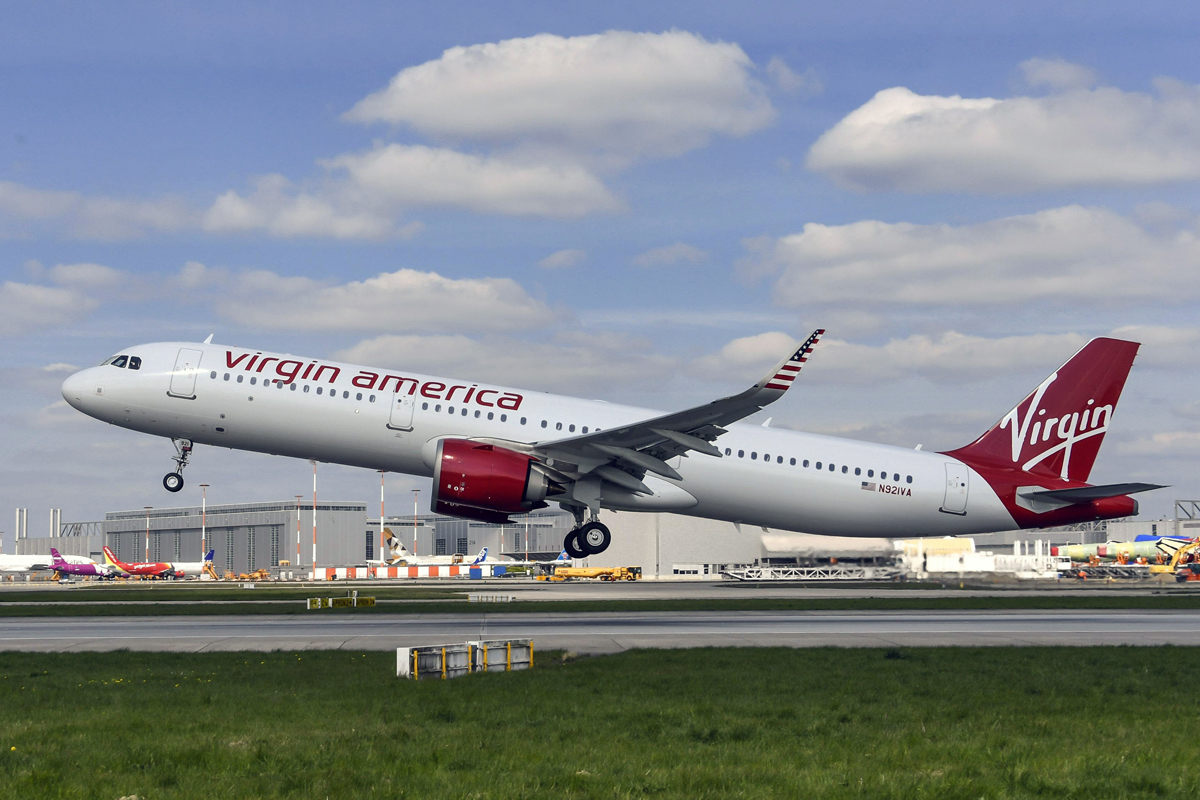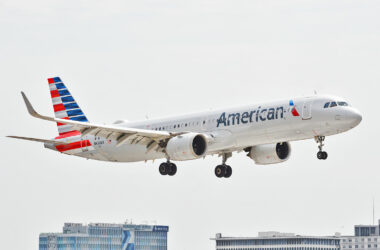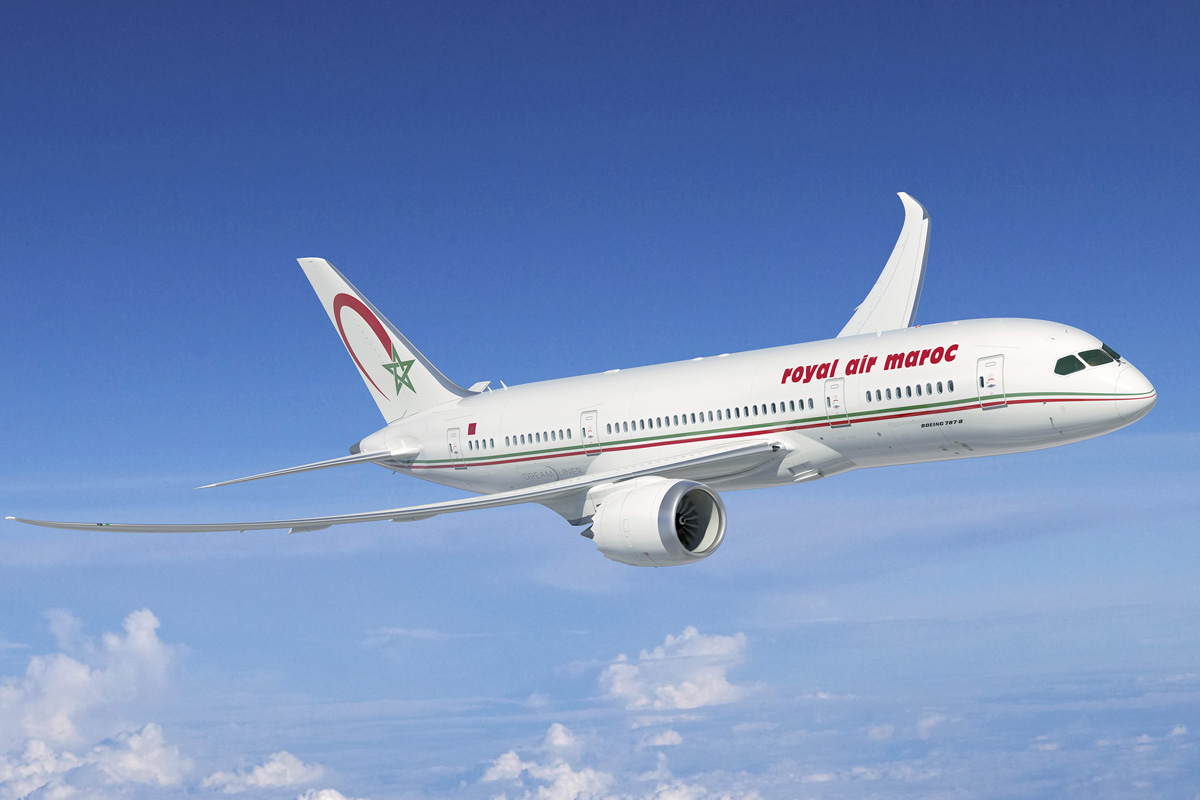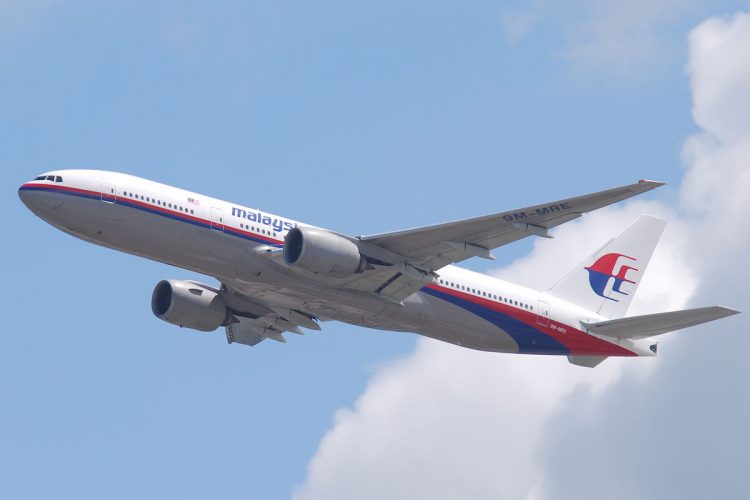
If the mystery about the disappearance of the Boeing 777-200ER from Malaysia Airlines flight MH370 continues to this day, at least in the near future the airline’s planes will no longer have that possibility. Malaysia is the first customer of the new version of the SITAONAIR system, developed in partnership by Aireon and FlightAware online flight tracking service.
Thanks to it, it will be possible to prevent incidents similar to that of Flight MH370 where the pilot apparently turned off the transponder and changed the route of the jet 40 minutes after takeoff. After months of searching, the most likely hypothesis is that the 777 with 239 people on board has headed towards the Indian Ocean and disappeared somewhere near Africa – to this day only a few parts of the plane have been found.
SITAONAIR was created a few years ago by providing the positioning of the aircraft by crossing various information such as flight plan, air traffic control information and satellites. With this, it today offers the aircraft position every 15 minutes to about 90 airlines. The interval is determined by ICAO, the international civil aviation body, which set the target for this type of air traffic monitoring from November 2018.
Already the new version of the system consists of using an equipment from Aireon, Automatic Dependent Surveillance-Broadcast (ADS-B) that will send minute-by-minute position and other satellite flight data to FlightAware . Thanks to this it is possible to eliminate some regions that today are not covered by any radar like oceans and remote airspaces and reduce the interval of information to only one minute – time that will be obligatory to know the position of the aircraft from 2021.
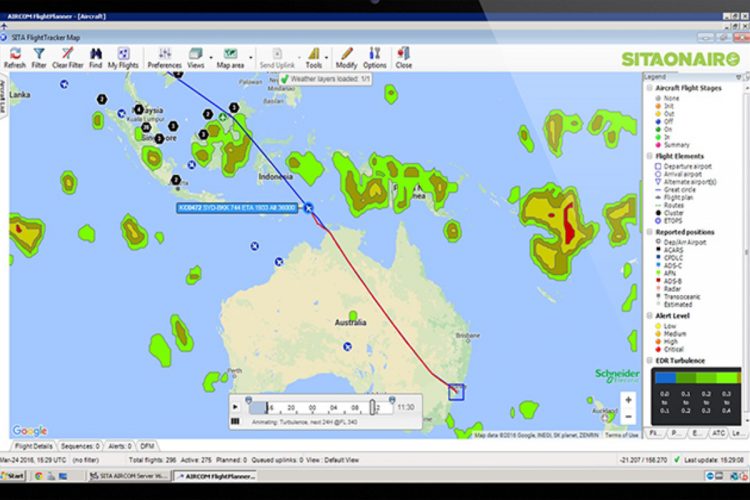
“Malaysia Airlines will be at the cutting-edge of real-time flight-tracking technology. With access to up-to-the-minute reporting, Malaysia Airlines will know the location, heading, speed and altitude of all aircraft in its fleet, at all times, and be alerted to any exceptions,” said SITAONAIR director Paul Gibson.
It is a feature that commercial aviation should already have been routine for several years. As much as radar coverage has grown and today aircraft use modern navigation systems, including the use of satellites, the absence of full coverage of the planet is unacceptable at today’s technological level. More airlines are expected to adopt monitoring of their aircraft in real time from now on.
The new phase of the SITAONAIR project is due to come on stream next year, so all 66 satellites planned by Aireon are in orbit and in operation.



